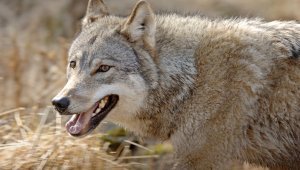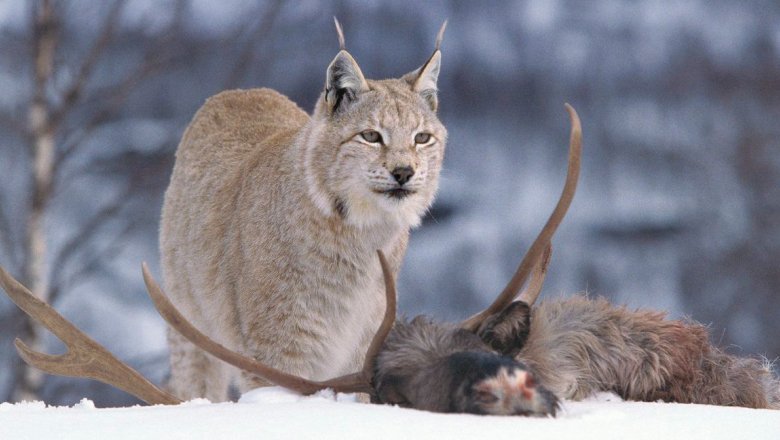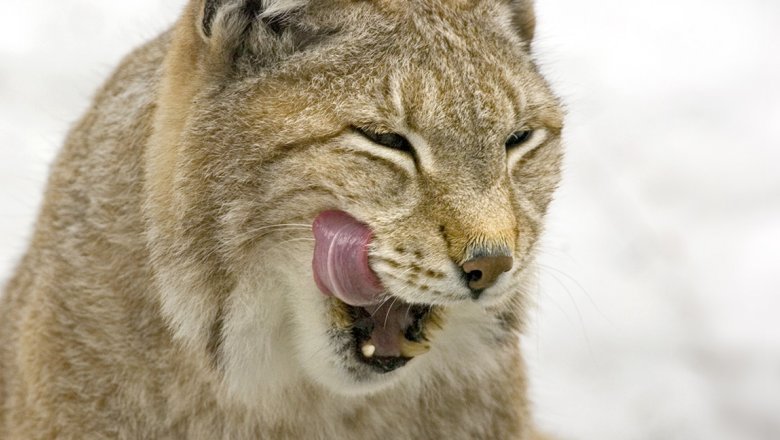The lynx is a carnivore
Its list of prey animals is very long, ranging from small rodents and birds to animals the size of a deer and reindeer. Its preferred prey animals include hares (brown hare and mountain hare) and small deer species, including the roe deer and white-tailed deer as well as reindeer in Lapland. Game birds are also an important group of prey animals for the lynx. Finnish studies indicate that the lynx also hunts such small predators as the racoon dog and the fox and may sometimes take a heavy toll on their populations. In summer, birds make up a larger share of the lynx’s diet than in winter. The lynx mainly feeds on fresh prey and rarely uses carrion left behind by other predators or humans.
How does the lynx hunt?
The lynx stalks its prey animal, sneaks close and surprises it with a quick pouncing attack. Large prey animals have neat bite marks in their necks, and the lynx usually starts its meal from the prey's haunch. The lynx usually covers its kill and comes back to it, unless it is disturbed.
An animal killed by a lynx will have bite marks in its throat and trachea that are visible upon closer inspection. Some carcasses also have small holes made by the lynx's sharp canines that become visible if the throat and trachea are dissected. The distance between the lynx’s canines is 25 to 35 mm.
If the lynx is unable to get at the prey animal's throat, it may in rare cases grip the back of its neck. Unlike the wolverine, however, the lynx never bites its pray lower down in the back. Sometimes the stomach or sides of the prey animal display marks of the lynx’s claws. Signs of a struggle are rarely seen on the scene of a lynx kill.
The lynx usually starts eating its prey from the thighs and shoulders, leaving the head and upper part of the neck as well as the lungs and stomach untouched. The lynx does not usually store its kill but may partly cover its remains for a short while. A lynx may abandon its prey almost untouched if disturbed, but in this respect there are major variations between different individuals. Studies indicate that a lynx usually eats all edible parts of its kill, but unlike other large carnivores, it cannot crush bones due to the structure of its teeth and skull.


